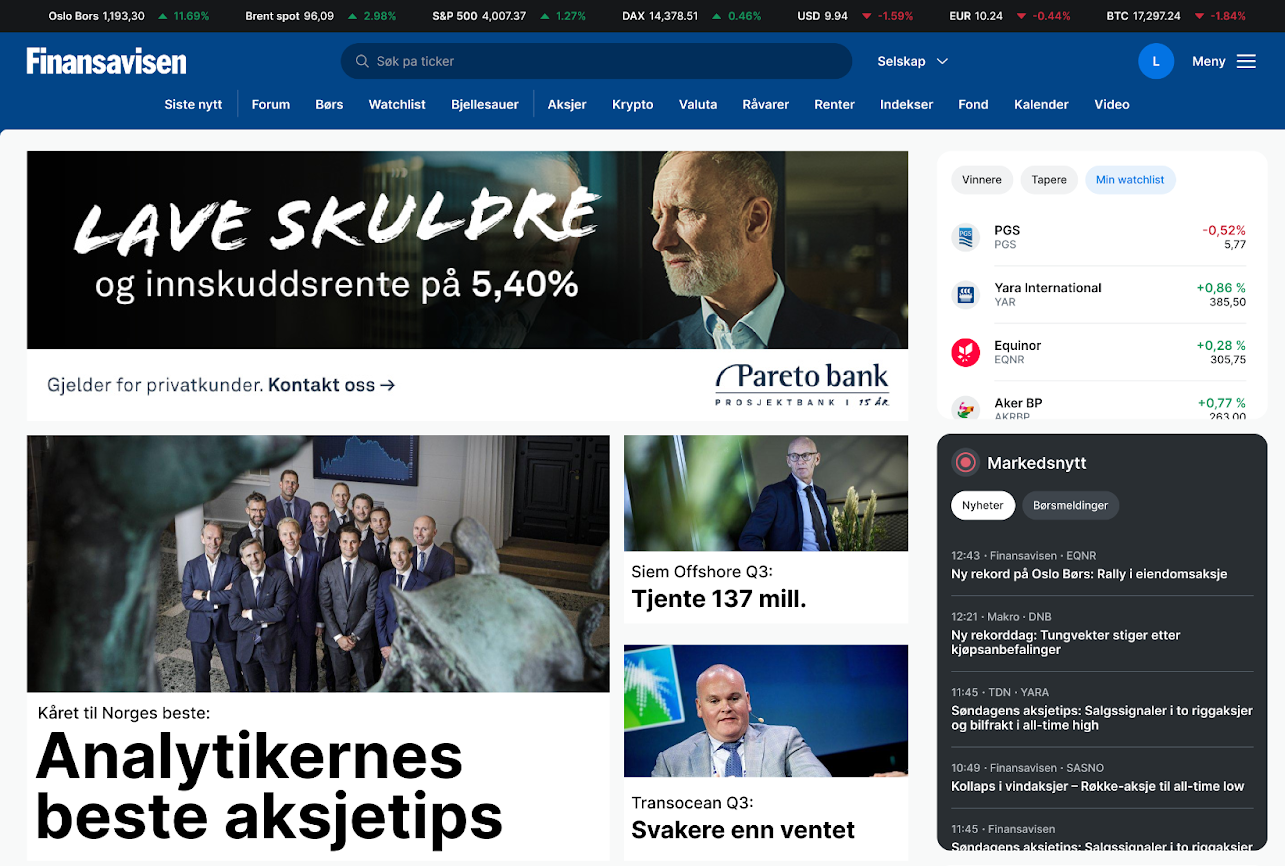
Newsletter
Newsletter
Publishers need to diversify their traffic acquisition and revenue and develop a strategy for AI licensing, publishing experts told Summit participants.
13th December 2024
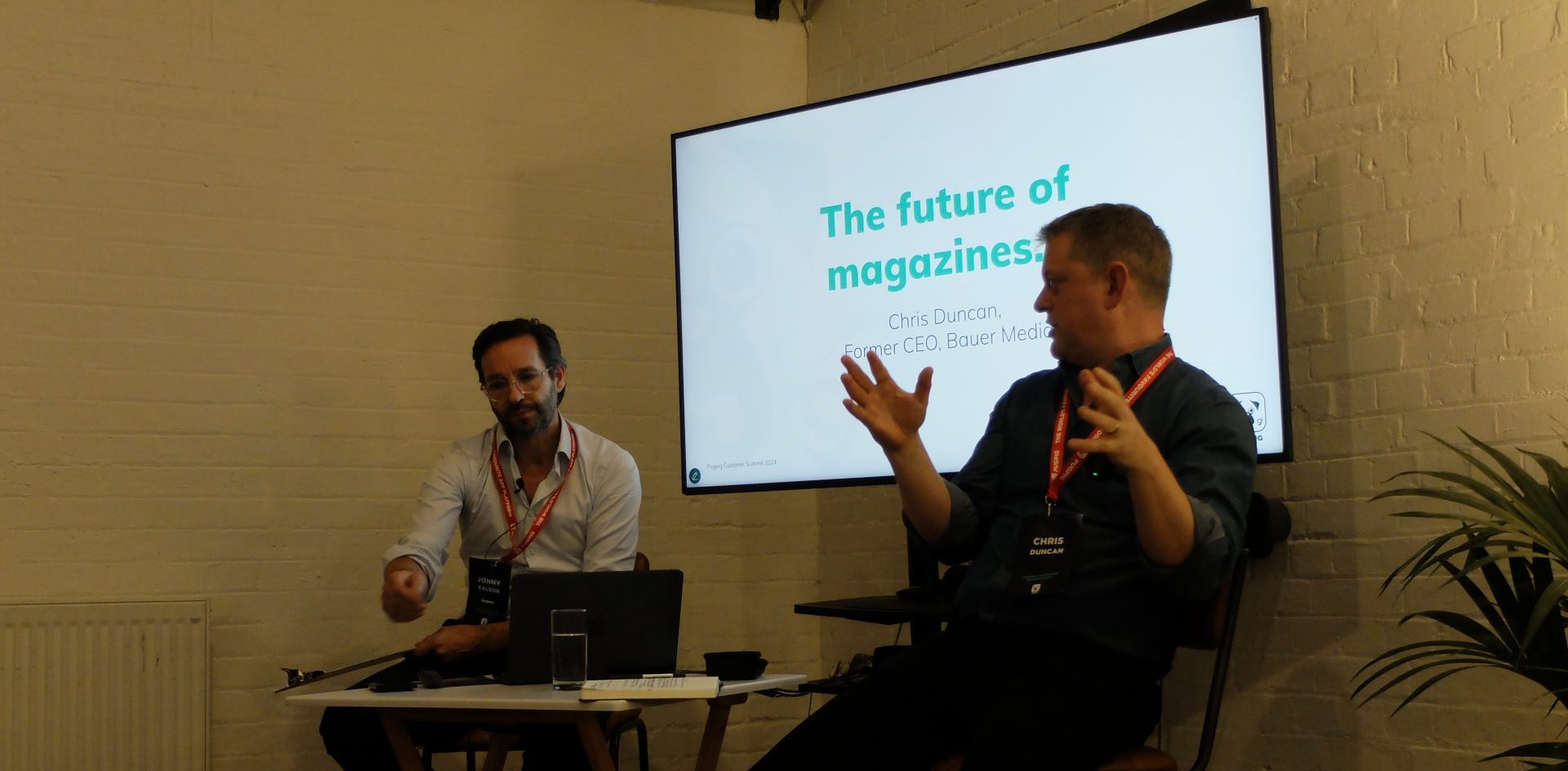
By Kevin Anderson
As we look back on 2024, it was another year in a decade marked by dramatic change and unexpected events.
Gathering in person at Pugpig HQ in London and virtually around the world, partners and customers gathered for our annual Summit to discuss the current challenges facing the industry and what the rest of the decade holds.
Leaders who have helped the Financial Times navigate its response to AI and Bauer navigate the changes in the magazine industry discussed what shifts in search and platforms will mean for publishers and offered tips on how to respond.
With Google facing an anti-trust ruling in the US and UK magazine print distribution deals set to expire in 2030, the pace of change is unlikely to lessen. Echoing common themes in the Media Bulletin, these leaders outlined how to respond so publishers can navigate this period of uncertainty and disruption.
Pugpig co-founder and CEO Jonny Kaldor outlined the big plans we have for the future, and product director Emillie Ruston gave a preview of new features coming to the Bolt platform including the ability to follow authors and topics and vertical video, which we mentioned in the last week’s edition. Click through the links for each speaker to watch their full talk. For all of the talks and a link to the video, you can find them here.
One of the major themes of 2024 has been major changes in audience acquisition. The drop in traffic from Facebook and Twitter is well known, and we started the year with concerns that traffic from search would be the next major source of traffic to fall. Google rolled out its AI-powered Search Generative Experience, which summarised search results, especially queries framed as questions. Publishers were concerned that users would get what they needed from the summaries without clicking through to their sites.
“It’s not giving publishers control over their IP,” David Buttle, former Financial Times public affairs and platform director, told attendees at the Summit. To be removed from AI overviews, publishers would effectively be removed from Google’s general search index. “It’s blatantly anti-competitive. Google is leveraging the dominant position it has in search in order to secure a new position in this new market for AI search,” he said
As concerning as Google’s AI moves are for publishers, data has just come out that news and media search intent is far lower than other search queries, according to market research firm SparkToro. An analysis of 332 m search queries over 21 months found news & media searches came 17th in the top 25 search topics by volume.
Google has its own issues. Its pivot to AI is driven by AI content generation, David said. The search giant has been playing “whack-a-mole” to combat a flood of spammy, low-quality AI-generated content, he added.
Putting AI to one side for the moment, Google has seen a decline in the use of its search services.
As we highlighted earlier in the year, “about 73% of Gen Z prefers to start on TikTok than Google”, Jason Hartley, head of Search & Shopping and the privacy lead at independent agency PMG. Gen Z uses TikTok to find music, recipes, DIY how-tos and fashion tips.
In addition to generational changes in the use of search, Google is facing meaningful competition from a new generation of AI search services, such as OpenAI’s SearchGPT. AI search will take share from conventional search for exploratory and complex search behaviour, rather than simple navigational and transactional search queries.
He advised companies to diversify their user acquisition strategies and create deep engagement and relationships with audiences on their owned platforms. As we have written about here at the Media Bulletin, the age of free traffic is over with the end of the Platform Era. Publishers will have to invest in marketing their products and focus more on their own properties – newsletters, podcasts, sites and apps.
Similarly, Chris Duncan, the former CEO of Bauer Media, said that magazines will need to evolve into multi-format, multi-platform brands while maintaining a focus more on their “home” platform rather than third parties as they continue their transition away from print.
Magazines’ success is based on a focus on a niche topic or a specific audience. However, more than the UK newspaper industry, they face a critical juncture in 2030 when print wholesale deals expire. “And after that, very few people can really see what the deal is that gets done next,” he said.
Until that date, a few print magazines such as puzzles and TV listings will continue to do well in print because people like to write on them. Major current affairs magazines such as The Week, The Economist, The New Yorker and Time will continue to do well with edition-based apps, he said.
For all of the other magazines, he sees a transition to a branded service model. It will require a strong brand, and “you’re going to have to be hugely agile” across multiple formats and multiple platforms, he said. Publishers will need to produce text, audio and video content for their own apps and sites, for social platforms and the platforms where audiences consume audio and video content.
Everyone is familiar with the current and rising social platforms including Meta’s Facebook, Instagram and WhatsApp as well as TikTok and the rapidly growing media friendly X-alternative Bluesky. Beyond that, new hardware platforms and experiences are developing. Pugpig co-founder and CTO Jon Marks highlighted some of these in a Summit fixture, his future of media and content talk. San Francisco already has self-driving taxis. When self-driving cars become more common, what does that mean for in-car entertainment, information and content systems? While AR and VR have had many fits and starts, Apple’s Vision Pro and Meta’s Orion project are charting what mixed-reality visual computing platforms might deliver to users. With advances in battery and display technology plus ubiquitous satellite mobile data, these platforms will create always-connected, always-available immersive communications and content experiences.
“You’re going to have to be in video. You’re going to have to be experimenting with AR and VR, the glasses and everything else because you’re going to have to make sure your brand is relevant to your audience everywhere you go,” Chris said.
With the proliferation of formats and content platforms, Chris made two points. Even with this fragmented media landscape, you need to have a home, an anchor point for the experience, and for him, that has to be an app. It is on audiences’ home screens, and publishers need to build a habit with audiences so they go there every day.
The second point is that magazine publishers’ strong suit is content, not technology. “Can we afford to fund that and engineer it ourselves or what technologies are we going to collectively adopt that keep the overhead of that down?” he asked.
Highlighting the buy versus build question for publishers, Aron Pilhofer, the chief product officer of the Minnesota Star-Tribune, told the Summit about their transition from an in-house to a Pugpig app. When they changed their primary CMS, it had unintended, negative consequences on their apps. Their new Pugpig app is more stable and has more features including dark mode and the ability to save articles. The relaunch is giving them time to rethink the app, focus on it as a retention tool and grow the user base of the app.
Multi-format, multi-platform magazines of the future will need multiple revenue streams, Chris said. Very few magazines will be able to exist on subscription revenue alone, and advertising has come under sustained pressure as digital platforms have captured a greater share of digital advertising revenue.
Pressures on affiliate marketing revenue will lead more magazines to shift from reviews to direct e-commerce sales to serve their niche audiences or interests. When he was leading Bauer, they were doubling their e-commerce revenue every year.
When thinking of revenue diversification, AI licencing deals will be part of the mix, but he added.
Individual magazines will have little bargaining power with AI companies, even if they have a lot of content for AI models to train, Chris said. While it will be a project of herding cats, he said the industry needs a unified approach. One-off deals between AI companies and publishers haven’t established concept of copyright protection, valued the IP consistently or established a mechanism for the contracts to be re-negotiated, he added.
While at the FT, David led the negotiations between OpenAI and the newspaper, and his consultancy now offers advice on product and strategy, including AI, to media, information services and similar companies.
To respond to this new era of AI search, content creators will need to negotiate renumeration. For news publishers with information that has a relatively short shelf life, AI companies will seek real-time access, but for academic publishers or those with evergreen content, the content will already be in the models, David said.
In this world, publishers will need to decide what part of their business and which content is direct-to-consumer, and what part of your business is licensing and syndication to AI providers and others, he added.
His takeaways for publishers wrestling with the impact of AI:
Here are some of the most important headlines about the business of news and publishing as well as strategies and tactics in product management, analytics and audience engagement.

Newsletter
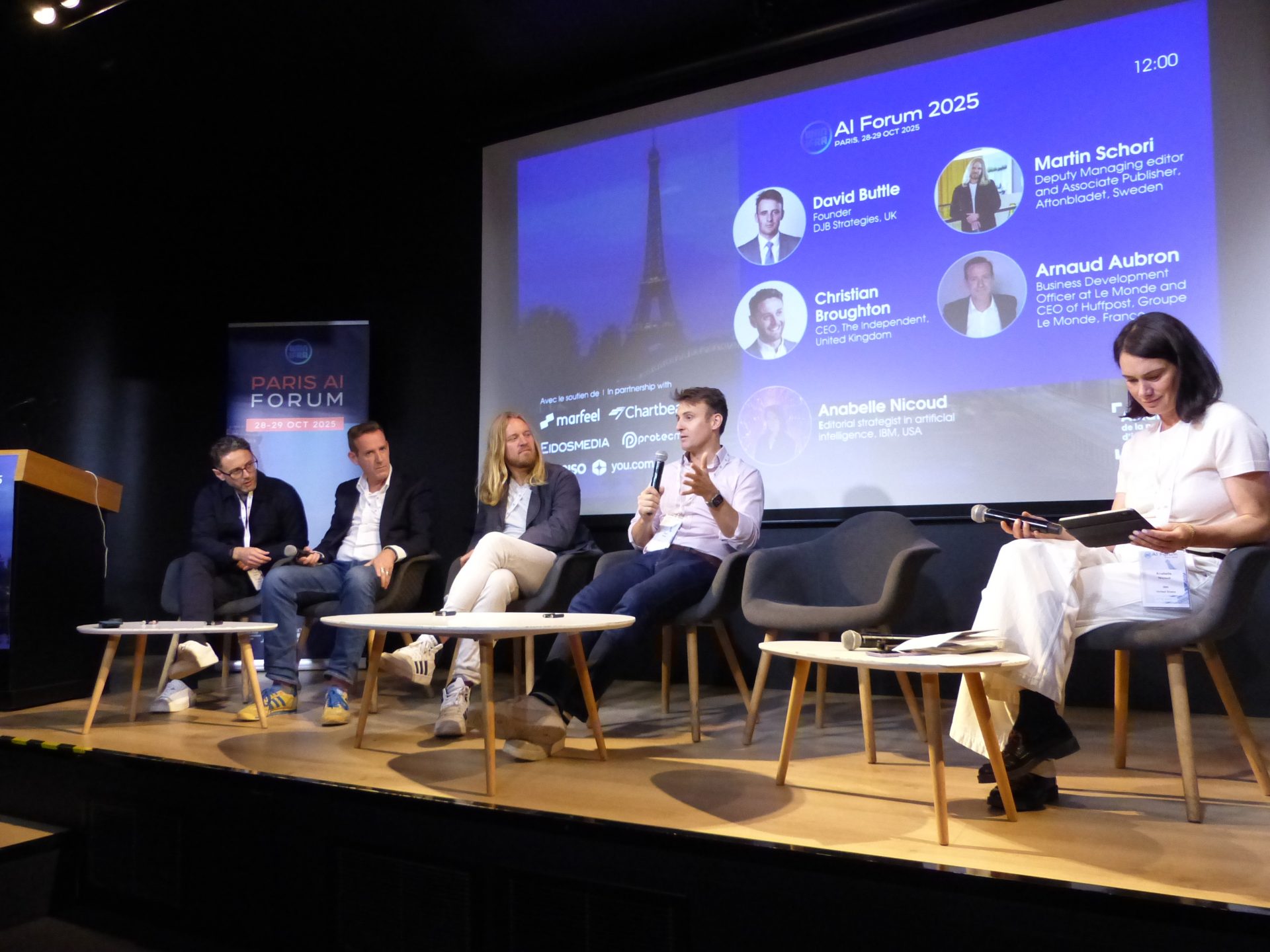
Newsletter
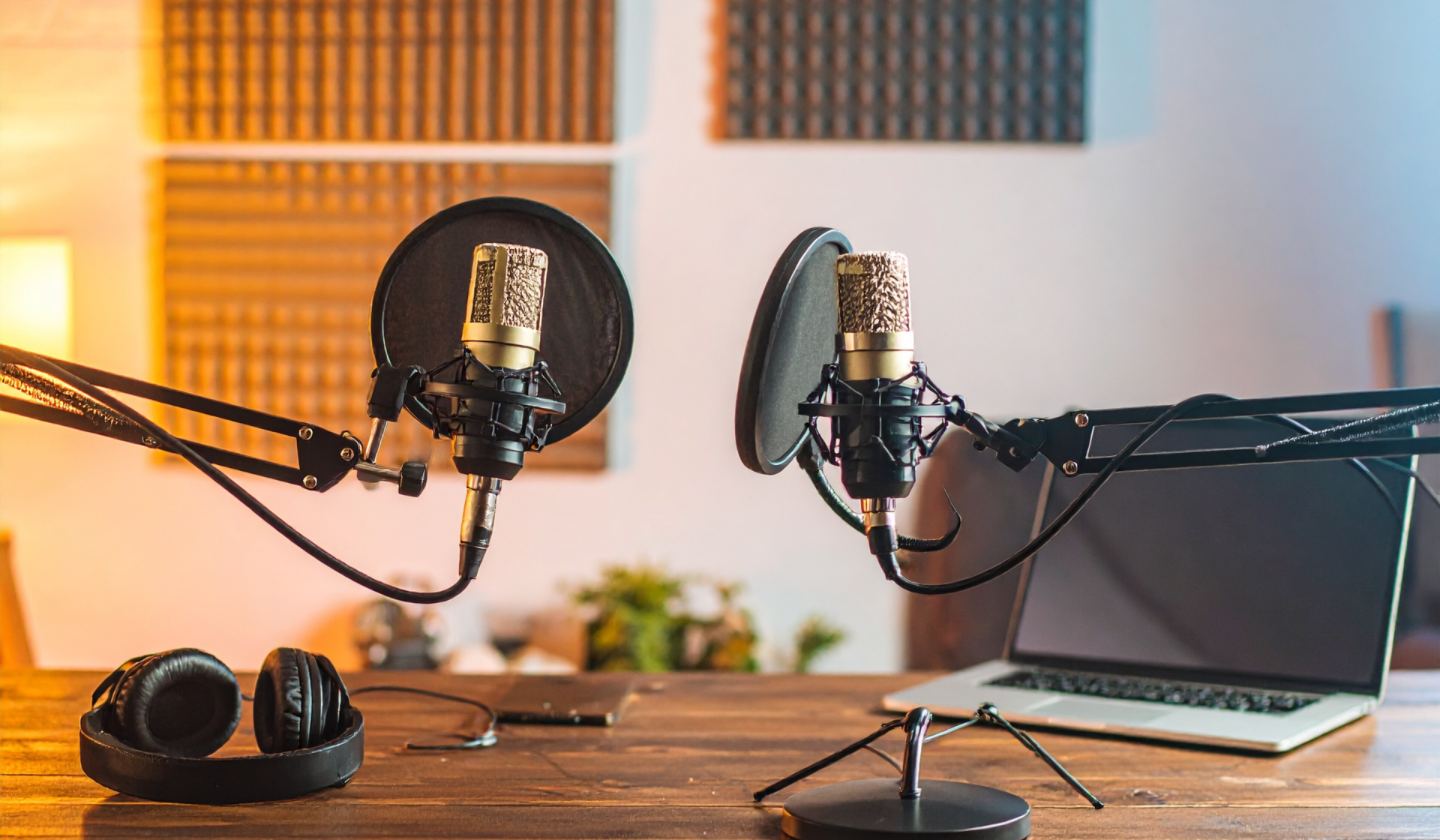
Newsletter
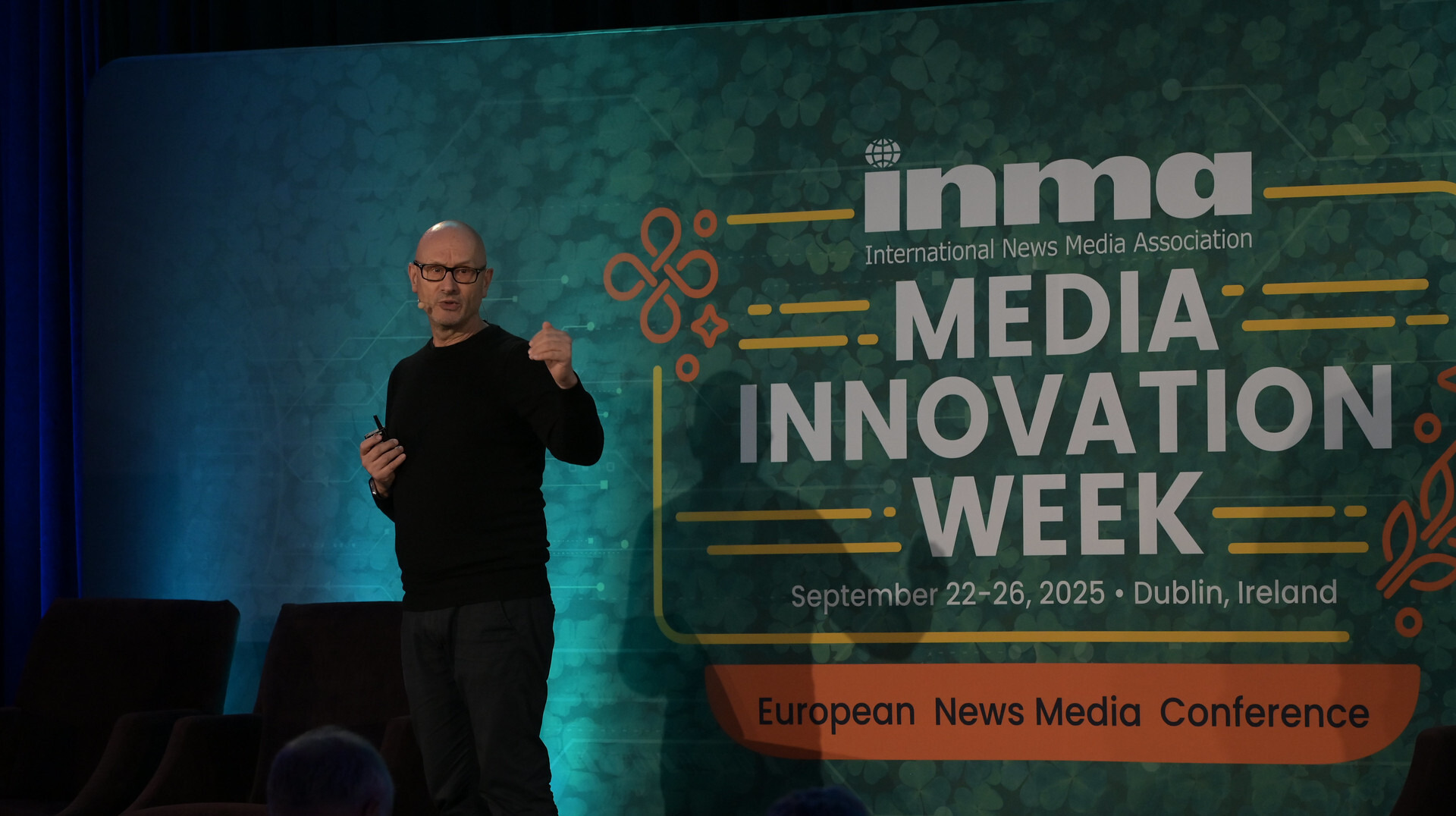
Newsletter
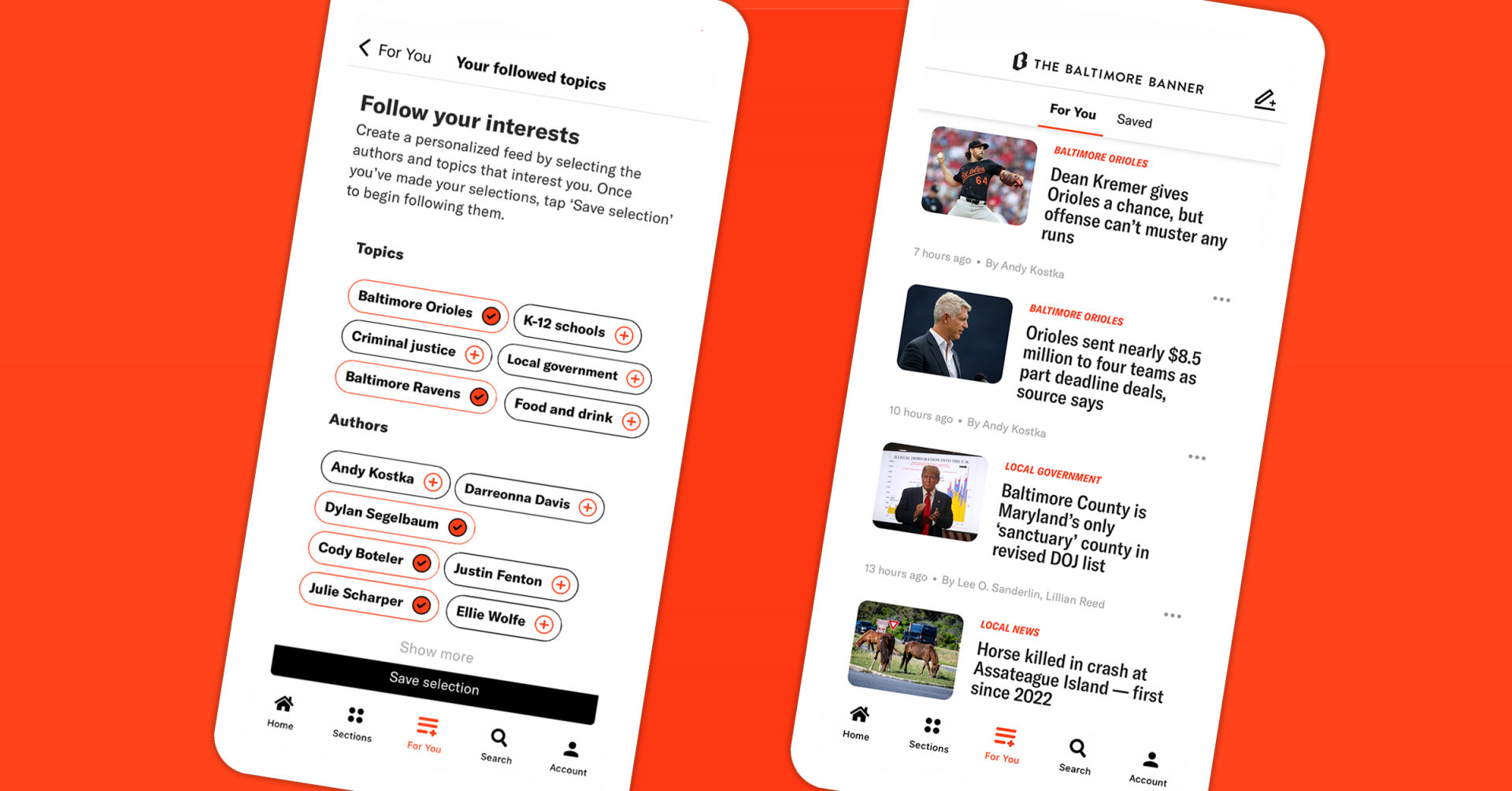
Newsletter